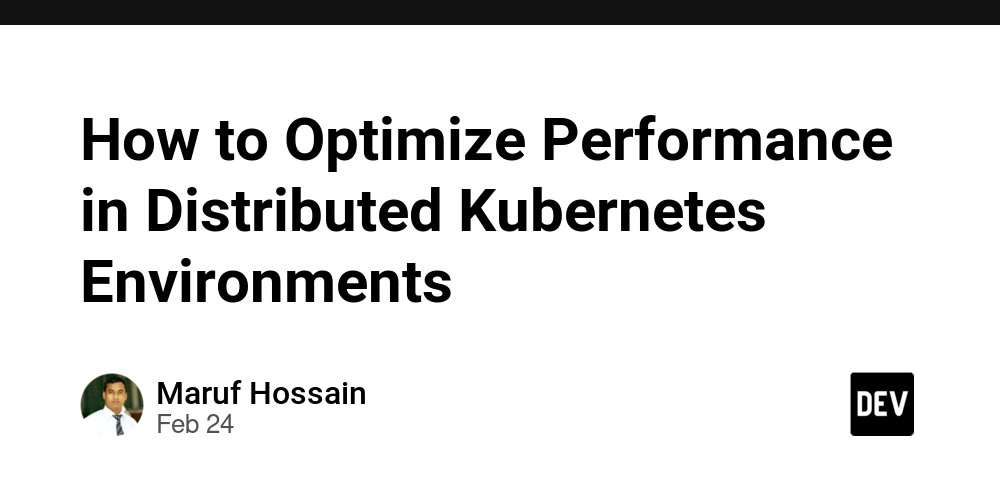AI Agents vs. Traditional LLMs: Revolutionizing AI Workflows
Artificial Intelligence is evolving fast, and one of the most exciting developments is the rise of AI agents. If you’ve heard of large language models (LLMs) like ChatGPT or Grok, you might wonder how AI agents are different and why they’re shaking up AI workflows. Don’t worry—this blog post will explain what AI agents are, how they compare to traditional LLMs, and why they’re a big deal for beginners and beyond. Let’s jump in! What Are AI Agents? AI agents are like super-smart assistants that don’t just answer questions—they take action, make decisions, and work toward goals. Unlike traditional LLMs, which focus on generating text based on prompts, AI agents can: Interact with tools: Use apps, APIs, or databases to get things done. Plan and reason: Break down tasks and figure out the best approach. Adapt on the fly: Adjust their actions based on new information or feedback. Think of an AI agent as a virtual teammate who can research, schedule, or even automate tasks, while an LLM is more like a knowledgeable friend who provides answers. Traditional LLMs: The Foundation Traditional LLMs, like the ones powering early chatbots, are incredible at understanding and generating human-like text. They shine in tasks like: Answering questions ("What’s the capital of France?"). Writing essays or stories. Translating languages. However, LLMs have limitations: Static responses: They provide one-off answers without taking further action. No external interaction: They can’t access live data (like weather updates) or perform tasks (like booking a flight). Prompt dependency: Their output relies heavily on how you phrase your request. While LLMs are powerful, they’re like a calculator—great for computations but not for running a project. AI Agents: The Next Step AI agents build on LLMs by adding action and autonomy. They combine language understanding with tools and reasoning to complete complex workflows. For example: Task: Plan a weekend trip. LLM: Suggests destinations and activities based on your prompt. AI Agent: Researches destinations, checks flight prices, books tickets, and creates an itinerary by interacting with travel APIs. Key differences include: Proactivity: Agents can initiate actions, like querying a database or sending an email, while LLMs wait for your input. Workflow integration: Agents handle multi-step tasks, looping between thinking and doing, while LLMs focus on single responses. Tool use: Agents connect to external systems (e.g., calendars, search engines), while LLMs rely on pre-trained knowledge. How AI Agents Transform Workflows AI agents are changing how we use AI in real-world scenarios. Here’s why they’re a game-changer: Automation: Agents can manage repetitive tasks, like scheduling meetings or sorting emails, saving you time. Personalization: They adapt to your preferences, learning from your feedback to deliver tailored results. Complex problem-solving: Agents tackle big projects, like market research or event planning, by breaking them into manageable steps. For example, in business, an AI agent could analyze customer data, generate reports, and suggest marketing strategies. In daily life, it could help you meal-plan by checking your pantry, finding recipes, and ordering groceries. Why Should You Care? AI agents make AI more practical and accessible for everyone. Whether you’re a student, entrepreneur, or curious newbie, agents can simplify your life by handling tasks that once required multiple tools or manual effort. Plus, they’re fun to experiment with! Try using an AI agent (like those built on frameworks like ReAct) to organize your week or research a hobby—it’s like having a personal assistant powered by AI. Get Started with AI Agents Ready to explore? Here’s how to dip your toes into the world of AI agents: Try a platform: Use tools like Grok (created by xAI) to experiment with agent-like features, such as task planning or research. Start small: Ask an AI to automate a simple task, like finding articles or creating a to-do list. Learn by doing: Play with agent-based apps to see how they combine reasoning, action, and tools. AI agents are the future of AI workflows, bridging the gap between thinking and doing. They’re not just smarter than traditional LLMs—they’re more like partners in getting stuff done. What’s a task you’d love an AI agent to handle for you? Try one out and share your experience. The AI revolution is here, and it’s ready to help you shine!
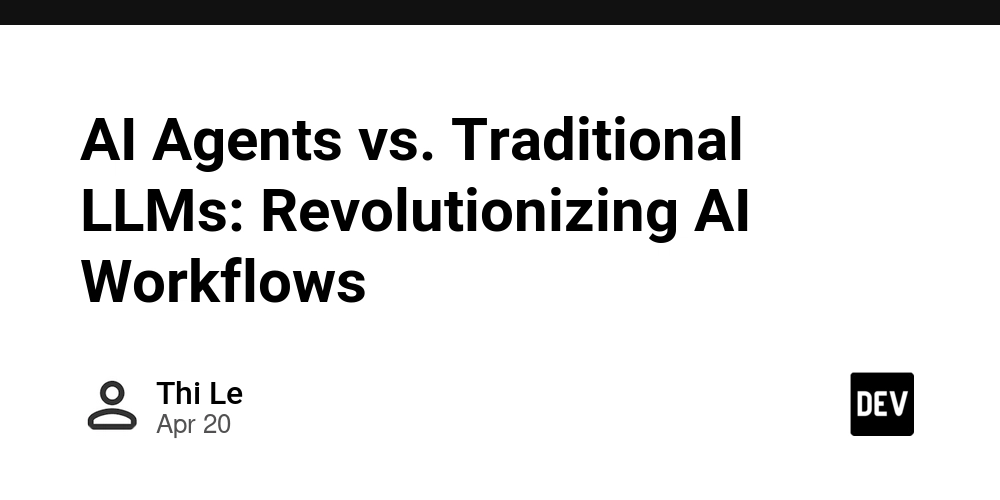
Artificial Intelligence is evolving fast, and one of the most exciting developments is the rise of AI agents. If you’ve heard of large language models (LLMs) like ChatGPT or Grok, you might wonder how AI agents are different and why they’re shaking up AI workflows. Don’t worry—this blog post will explain what AI agents are, how they compare to traditional LLMs, and why they’re a big deal for beginners and beyond. Let’s jump in!
What Are AI Agents?
AI agents are like super-smart assistants that don’t just answer questions—they take action, make decisions, and work toward goals. Unlike traditional LLMs, which focus on generating text based on prompts, AI agents can:
- Interact with tools: Use apps, APIs, or databases to get things done.
- Plan and reason: Break down tasks and figure out the best approach.
- Adapt on the fly: Adjust their actions based on new information or feedback.
Think of an AI agent as a virtual teammate who can research, schedule, or even automate tasks, while an LLM is more like a knowledgeable friend who provides answers.
Traditional LLMs: The Foundation
Traditional LLMs, like the ones powering early chatbots, are incredible at understanding and generating human-like text. They shine in tasks like:
- Answering questions ("What’s the capital of France?").
- Writing essays or stories.
- Translating languages.
However, LLMs have limitations:
- Static responses: They provide one-off answers without taking further action.
- No external interaction: They can’t access live data (like weather updates) or perform tasks (like booking a flight).
- Prompt dependency: Their output relies heavily on how you phrase your request.
While LLMs are powerful, they’re like a calculator—great for computations but not for running a project.
AI Agents: The Next Step
AI agents build on LLMs by adding action and autonomy. They combine language understanding with tools and reasoning to complete complex workflows. For example:
-
Task: Plan a weekend trip.
- LLM: Suggests destinations and activities based on your prompt.
- AI Agent: Researches destinations, checks flight prices, books tickets, and creates an itinerary by interacting with travel APIs.
Key differences include:
- Proactivity: Agents can initiate actions, like querying a database or sending an email, while LLMs wait for your input.
- Workflow integration: Agents handle multi-step tasks, looping between thinking and doing, while LLMs focus on single responses.
- Tool use: Agents connect to external systems (e.g., calendars, search engines), while LLMs rely on pre-trained knowledge.
How AI Agents Transform Workflows
AI agents are changing how we use AI in real-world scenarios. Here’s why they’re a game-changer:
- Automation: Agents can manage repetitive tasks, like scheduling meetings or sorting emails, saving you time.
- Personalization: They adapt to your preferences, learning from your feedback to deliver tailored results.
- Complex problem-solving: Agents tackle big projects, like market research or event planning, by breaking them into manageable steps.
For example, in business, an AI agent could analyze customer data, generate reports, and suggest marketing strategies. In daily life, it could help you meal-plan by checking your pantry, finding recipes, and ordering groceries.
Why Should You Care?
AI agents make AI more practical and accessible for everyone. Whether you’re a student, entrepreneur, or curious newbie, agents can simplify your life by handling tasks that once required multiple tools or manual effort. Plus, they’re fun to experiment with! Try using an AI agent (like those built on frameworks like ReAct) to organize your week or research a hobby—it’s like having a personal assistant powered by AI.
Get Started with AI Agents
Ready to explore? Here’s how to dip your toes into the world of AI agents:
- Try a platform: Use tools like Grok (created by xAI) to experiment with agent-like features, such as task planning or research.
- Start small: Ask an AI to automate a simple task, like finding articles or creating a to-do list.
- Learn by doing: Play with agent-based apps to see how they combine reasoning, action, and tools.
AI agents are the future of AI workflows, bridging the gap between thinking and doing. They’re not just smarter than traditional LLMs—they’re more like partners in getting stuff done.
What’s a task you’d love an AI agent to handle for you? Try one out and share your experience. The AI revolution is here, and it’s ready to help you shine!




















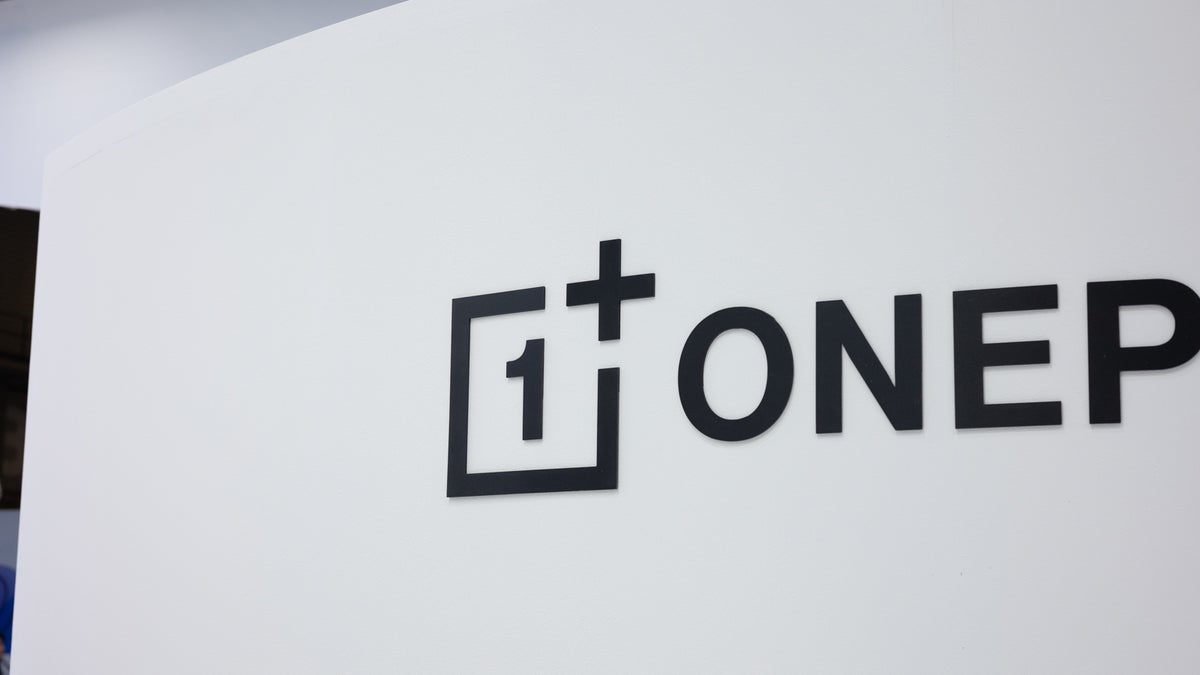






















![Mobile Legends: Bang Bang [MLBB] Free Redeem Codes April 2025](https://www.talkandroid.com/wp-content/uploads/2024/07/Screenshot_20240704-093036_Mobile-Legends-Bang-Bang.jpg)
























![Apple Shares Official Trailer for 'Long Way Home' Starring Ewan McGregor and Charley Boorman [Video]](https://www.iclarified.com/images/news/97069/97069/97069-640.jpg)
![Apple Watch Series 10 Back On Sale for $299! [Lowest Price Ever]](https://www.iclarified.com/images/news/96657/96657/96657-640.jpg)
![Apple Slips to Fifth in China's Smartphone Market with 9% Decline [Report]](https://www.iclarified.com/images/news/97065/97065/97065-640.jpg)














![What features do you get with Gemini Advanced? [April 2025]](https://i0.wp.com/9to5google.com/wp-content/uploads/sites/4/2024/02/gemini-advanced-cover.jpg?resize=1200%2C628&quality=82&strip=all&ssl=1)






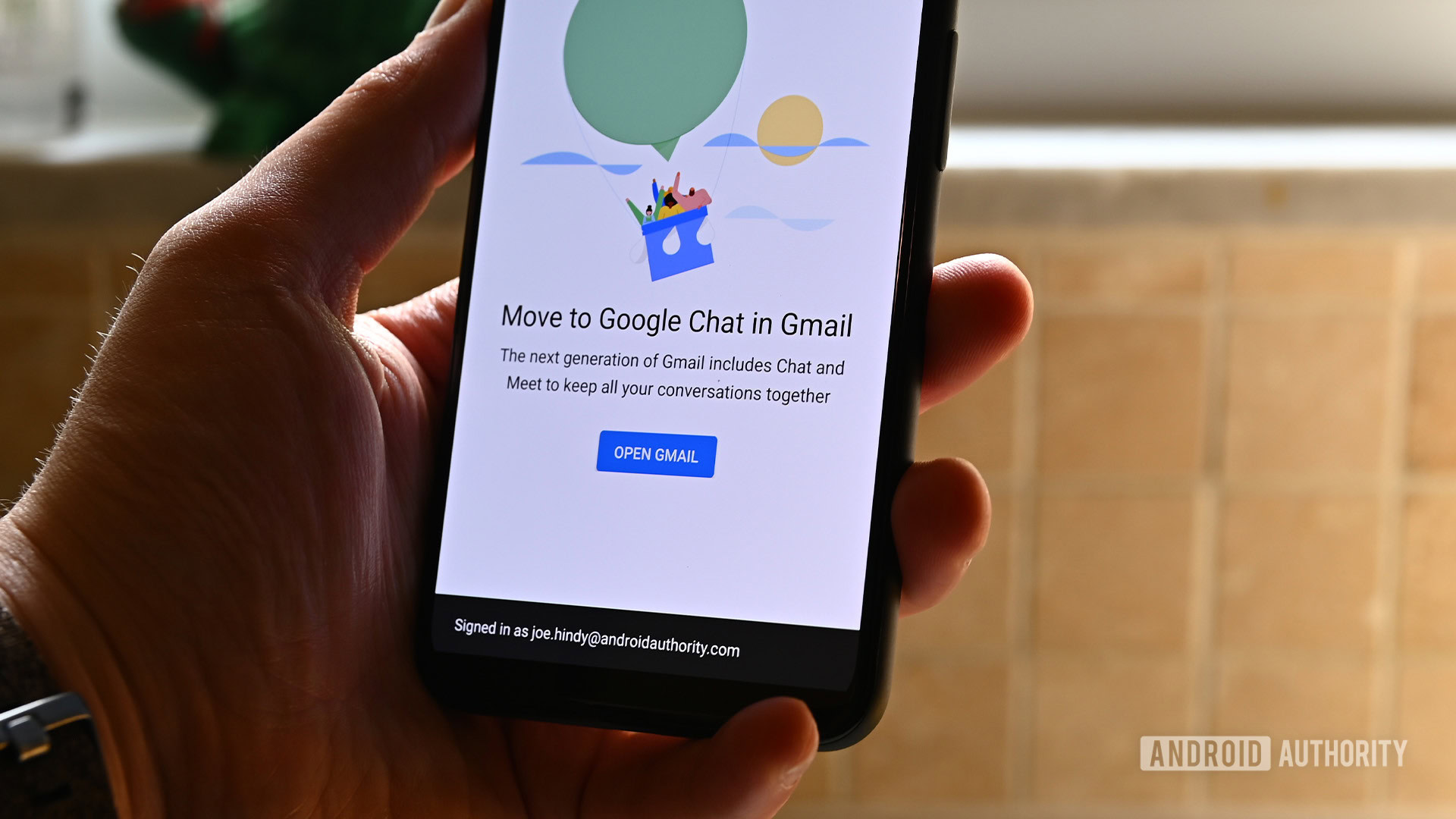
























































































_Andreas_Prott_Alamy.jpg?width=1280&auto=webp&quality=80&disable=upscale#)




















































































![[The AI Show Episode 144]: ChatGPT’s New Memory, Shopify CEO’s Leaked “AI First” Memo, Google Cloud Next Releases, o3 and o4-mini Coming Soon & Llama 4’s Rocky Launch](https://www.marketingaiinstitute.com/hubfs/ep%20144%20cover.png)

































































































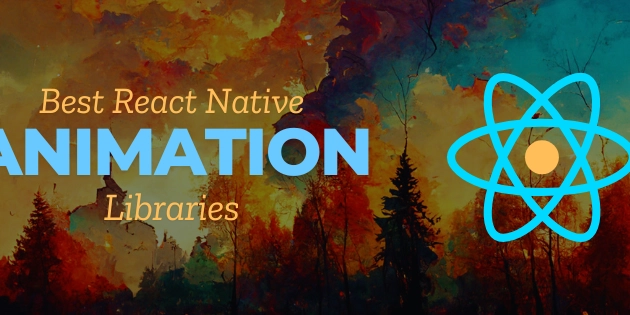











































![[DEALS] The All-in-One Microsoft Office Pro 2019 for Windows: Lifetime License + Windows 11 Pro Bundle (89% off) & Other Deals Up To 98% Off](https://www.javacodegeeks.com/wp-content/uploads/2012/12/jcg-logo.jpg)























































































